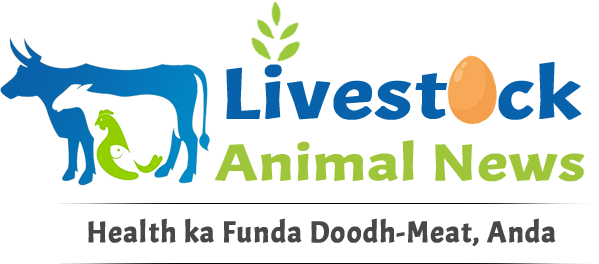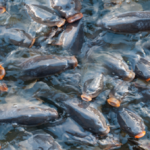New Delhi. Union Minister for Fisheries, Animal Husbandry and Dairying, Shri Rajiv Ranjan Singh alias Lalan Singh, visited the ICAR–Indian Grassland and Fodder Research Institute (IGFRI), Jhansi on 5th April 2025 to assess the ongoing research efforts and field-level innovations aimed at enhancing fodder availability and sustainable grassland management across the country. Accompanied by Secretary, Department of Animal Husbandry and Dairying (DAHD), Ms. Alka Upadhyaya, and Animal Husbandry Commissioner, Dr. Abhijit Mitra, the Union Minister interacted with scientists and reviewed a comprehensive exhibition showcasing the latest fodder technologies and best practices being promoted by the institute.
Addressing the gathering, Shri Rajiv Ranjan Singh expressed concern over the prevailing national green fodder deficit, currently estimated at 11%, and stressed upon the need for technology-led interventions to address this challenge. He noted that while only 8.5 million hectares are presently under cultivated fodder, the country possesses approximately 11.5 million hectares of grasslands and nearly 100 million hectares of wastelands that can be harnessed efficiently. He emphasized, “Efficient utilisation of these underused resources is essential for achieving fodder self-reliance and improving livestock productivity.”
The Union Minister praised IGFRI’s research and development work and called for speedy dissemination of its technologies through Krishi Vigyan Kendras (KVKs) across states. He particularly emphasized the importance of perennial grasses that are tolerant to abiotic stress, highlighting their potential to rejuvenate degraded lands, contribute to ecological balance, and provide sustainable green fodder throughout the year. Reiterating government’s commitment to building a resilient livestock sector, Shri Rajiv Ranjan Singh stated that science, innovation, and cooperative governance would be the cornerstones of advancing fodder security and achieving Atmanirbhar Krishi and Pashupalan. He also held discussions with IGFRI researchers, encouraging the institute to position itself as a central knowledge and innovation hub for fodder development and grassland improvement in India.
Among the key technologies demonstrated during the visit were livestock-based Integrated Farming Systems (IFS) tailored for all categories of farmers; apomictic breeding in perennial grasses to ensure genetic uniformity and sustainability; development of specialized fodder farm machinery aimed at reducing manual labour; seed standards and certification systems for quality assurance in forage crops; and the innovative use of drones for seed pellet-based grassland rejuvenation at scale.
Ms. Alka Upadhyaya underlined the significance of state-level convergence to support the wider adoption of location-specific fodder technologies. She highlighted the scope for integrating fodder cultivation in fallow spaces within coconut orchards in Kerala as a promising example of such convergence. To further promote this model, she informed that a joint meeting will be held in Kerala on 8th April 2025, bringing together representatives of the State Government, KVKs, and IGFRI scientists.
















Leave a comment